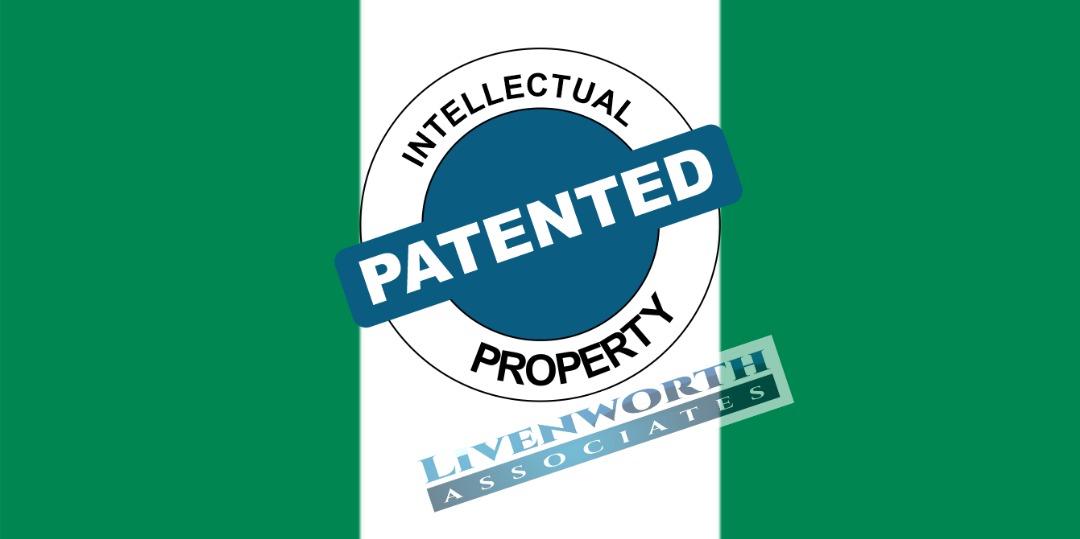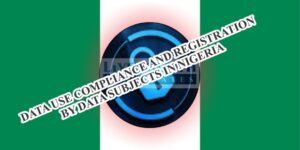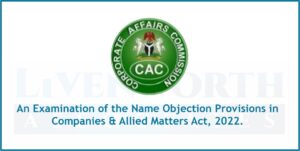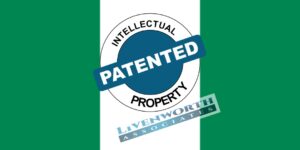In Nigeria, an invention is patentable if it is new, results from inventive activity and is capable of industrial application, this is the tripartite patentability requirement; or if it constitutes an improvement upon a patented invention and is new, results from inventive activity and is capable of industrial application. For an invention to be patentable in Nigeria, it must satisfy the following conditions:
1. NEWNESS
It must be novel, that simply means that the invention must show some new characteristic which is not known in the body of existing knowledge (body of existing knowledge is also called “prior art”) in its technical field. To patent an invention and satisfy the newness requirement, it is important to understand what the law meant by “NEW”. Simply put, an invention is new if it does not form part of the “state of the art” THE ART means the art or field of knowledge to which an invention relates and “the state of the art” means everything concerning that art or field of knowledge which has been made available to the public anywhere and at any time whatever (by means of a written or oral description, by use or in any other way) before the date of the filing of the patent application relating to the invention or the foreign priority date validly claimed in respect thereof. An invention shall not be deemed to have been made available to the public merely by reason of the fact that, within the period of six months preceding the filing of a patent application in respect of the invention, the inventor or his successor in title has exhibited it in an official or officially recognised international exhibition. In Nigeria, South Africa and most African countries it is known as the “state of the art”, which comprises all matter, whether a product, a process, information about either, or anything else, which has been made available to the public in the country or elsewhere by written or oral description, by use or in any other way, immediately prior to the priority date of the invention. The universal standard is the accepted standard for prior art publication obligation in Nigeria, South Africa and most African countries.
2. INVENTIVE STEP
The invention to be patented must be non-obvious or involve an inventive step, that is, it could not be deduced by a person with average knowledge in the technical field. An invention results from inventive activity if it does not obviously follow from the state of the art, either as to the method, the application, the combination of methods, or the product which it concerns, or as to the industrial result it produces. Simply put, non-obviousness implies that even a professor in the field of knowledge or art should not be able to ordinarily know what the invention is all about, he should be able to wonder on how the inventor came about the idea and invention.
3. USEFULNESS AND CAPABLE OF INDUSTRIAL APPLICATION
The invention must be useful and capable of industrial application. An invention is capable of industrial application if it can be manufactured or used in any kind of industry. The invention should have a factual use, not an item or process whose use is speculative or of future use.
Procedures and Documentations for obtaining Patent Grants in Nigeria
In Nigeria, patent application is filed at the Patents & Designs Registry’s, either electronically through the on-line platform or manual through the IPAS (Automated Industrial Property System) filing system. Based on experience, I would usually recommend filing electronically as acknowledgement notice can be generated immediately and there are no issues of misplaced files. Other defectiveness experienced with the manual patent filing procedure are, delay, mislaid official files, bureaucratic procedures, payment verification time lag, costs of reconstituting misplaced files/documentations, etc.
Upon filing a Patent application on-line, the acknowledgement notice is generated immediately, then an acceptance notice is printed after the examination and acceptance by the patent examiners. Applicants are then required to print the patent documents in triplicate and submit at the Patents office for further review and patent grant. For applications filed using the IPAS system, upon submission of the manual application letter along with the patent documents (i.e. specifications, description, claims, priority documents, PCT publication pages, etc) the application is received at the patent’s front office and the payment is required to be confirmed prior to any action by the accounts unit. Upon approval, the acknowledgement is printed, then the application is directed at the examiners for examination and acceptance, after-which the Letters Patent is issued to the Applicant.
Requirements/procedure:
An application for the grant of a patent is made to the Registrar of Patents & Designs, and it consists of:
- A petition or request for a patent with the applicant’s full name and address (an address for service in Nigeria if the applicant resides outside Nigeria).
- A specification or description of the relevant invention with any appropriate plans and drawings. The description is expected to disclose the relevant invention in a manner sufficiently clear and complete for the invention to be put into effect by a person skilled in the art or field of knowledge to which the invention relates. Please note that the specification shall describe the relevant invention in a manner sufficiently clear and complete for the invention to be put into effect by a person skilled in the art or field of knowledge to which the invention relates.
- a claim(s). The claim or claims shall define the protection sought and shall not go beyond the limits of the said description. The claim or claims is required to define the protection sought and shall not go beyond the limits of the said description. The scope of the protection conferred by any patent is determined by the terms of the claims as interpreted by the patent description (and the plans and drawings, if any). Where appropriate, a deed of Assignment or a declaration signed by the true inventor requesting that he be mentioned as such in the patent and giving his name and address or in the absence of this and where the applicant is not the inventor.
- if the application is made by an agent, a signed Letter of Authority or Power of Attorney, also known as a Form 2 (legalisation or certification of the signature of the power of attorney shall be unnecessary, simple signature is acceptable); and
- Certified true copy of the priority document(s) [where the applicant seeks to avail himself of a foreign priority in respect of an earlier application made in a country outside Nigeria]. If PCT application, then, a copy of the publication page with the supporting documents.Patent applications in Nigeria and most African countries is examined as to conformity with formality and not substance. This simply means that, as far as the documentation is complete the patent would normally be granted according to Section 4(2) and (4) of the Patents & Designs Act.
Please do not hesitate to reach out to us if you require any clarity on patent and invention related assistance in Nigeria.
For further enquiries or assistance, kindly reach out to us @livenworth@outlook.com, info@livenworth.com; www.livenworth.com; consultation@livenworth.com.






